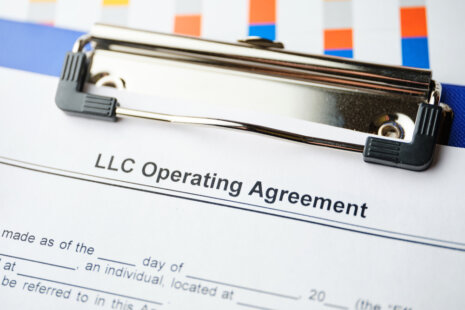Setting up QuickBooks for your small business involves several essential steps to ensure that your financial records are accurate and organized.
Here’s a step-by-step guide to help you set up QuickBooks:
1. Purchase QuickBooks:
- Choose the appropriate QuickBooks version for your business needs (e.g., QuickBooks Desktop or QuickBooks Online) and purchase the software or subscribe to the online service.
2. Install QuickBooks:
- If you’re using QuickBooks Desktop, install the software on your computer. Follow the installation instructions provided with your purchase.
3. Create a Company File:
- When you first launch QuickBooks, you’ll be prompted to create a new company file. Follow the on-screen instructions to set up your company profile. This includes entering your business name, address, contact information, and industry type.
4. Set Up Chart of Accounts:
- Define your Chart of Accounts, which is a list of categories for tracking income, expenses, assets, liabilities, and equity. QuickBooks provides default accounts, but you can customize them to match your business’s specific needs.
5. Add Bank and Credit Card Accounts:
- Link your business bank and credit card accounts to QuickBooks. This allows you to import transactions, reconcile accounts, and keep accurate financial records.
6. Customize Preferences:
- Configure QuickBooks preferences to match your business preferences. Adjust settings for date formats, currency, reporting, and other preferences.
7. Set Up Customers and Vendors:
- Enter your customer and vendor information into QuickBooks. This includes contact details, payment terms, and any additional information you need for invoicing and purchasing.
8. Create Products and Services:
- Set up the products and services you sell. Include details such as product descriptions, prices, and sales tax information.
9. Set Up Sales Tax (If Applicable):
- If your business is subject to sales tax, configure QuickBooks to handle sales tax calculations and reporting. Define the tax rates for the locations where you do business.
10. Create Invoices and Estimates: – Use QuickBooks to create invoices for your customers and estimates for potential projects. Customize templates to include your branding and necessary details.
11. Record Expenses: – Enter your business expenses into QuickBooks. Assign expenses to the appropriate accounts and categories for accurate tracking and reporting.
12. Reconcile Bank and Credit Card Accounts: – Regularly reconcile your bank and credit card accounts in QuickBooks to ensure that your financial records match your actual bank statements.
13. Set Up Payroll (If Applicable): – If you have employees, set up payroll in QuickBooks or use a compatible payroll service integrated with QuickBooks to manage payroll, taxes, and employee benefits.
14. Create and Run Reports: – Utilize QuickBooks’ reporting capabilities to generate financial reports like profit and loss statements, balance sheets, and cash flow statements. Review these reports to gain insights into your business’s financial health.
15. Back Up Your Data: – Regularly back up your QuickBooks data to prevent data loss. Store backups in a secure location, preferably offsite or in the cloud.
16. Train Your Team: – If you have employees or collaborators, provide training on how to use QuickBooks effectively to ensure consistent and accurate data entry.
17. Seek Professional Assistance (Optional): – If you’re unsure about any aspect of setting up QuickBooks or have complex financial requirements, consider consulting with an accountant or QuickBooks expert for guidance and assistance.
Remember that setting up QuickBooks is just the initial step. Consistently and accurately entering data, reconciling accounts, and regularly reviewing your financial reports are essential for effective financial management with QuickBooks.




